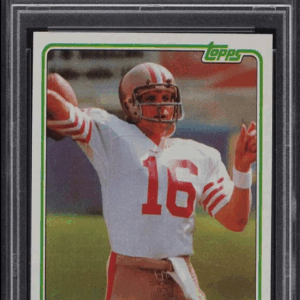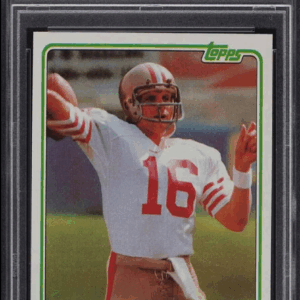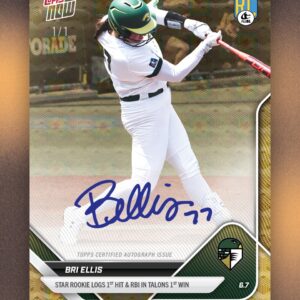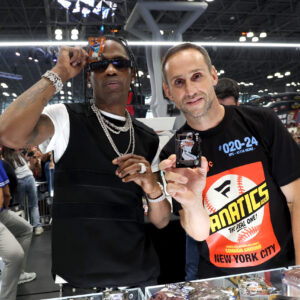In the ever-evolving universe of trading cards, where fandom meets investment, Topps has announced an exciting extension to their already successful Buyback Program, this time targeting the glitzy world of WWE wrestling. Starting in 2025, Topps will include their Topps Chrome WWE cards in the program, offering collectors a golden opportunity to transform select wrestler cards into hefty store credits. This maneuver not only amplifies the thrill of acquiring these cards but also increases their desirability and market value.
The concept of card buybacks isn’t new territory for Topps. Collectors of Topps Chrome Baseball and UFC cards have already reaped the benefits of such programs, enhancing the perceived worth of cards that might otherwise linger unnoticed. However, diving into the realm of WWE, a universe brimming with charisma, drama, and loyal fanbases, adds a novel twist to the buyback saga.
Engaging wrestling aficionados with this program, Topps strategically centers the initiative around two anticipated Main Event showdowns at WrestleMania 41. Taking place under the neon lights of Las Vegas on April 19th and 20th, this iconic event sets the stage for superstars like Jey Uso and Gunther, who will wage war for the coveted WWE World Heavyweight Championship. On the flip side, a fierce battle for the WWE Women’s Championship will unfold between Tiffany Stratton and Charlotte Flair. The victors of these electrifying matches will not just hold the title belts – they’ll also land a starring role as the official Buyback athletes, bestowing an extraordinary status upon their Topps Chrome cards.
For collectors, this translates to a tantalizing opportunity. The 2025 Topps Chrome WWE cards featuring these star wrestlers become eligible for store credit exchange at selected local card shops around the globe. Depending on the card type, one could score as much as $200 per exchanged card. Among the eligible items are the base set cards from most boxes, excluding the Sapphire edition—a nod to the exclusivity of this program. Specific cards in focus include number 106 (Jey Uso), number 2 (Gunther), number 123 (Charlotte Flair), and number 182 (Tiffany Stratton).
Six-packs of abs and bodyslams aside, the real juice lies in the structured value of the buyback system. The base or image variation of these cards could earn you a neat $20—a modest sum for most but just the starter. Flashy Non-Numbered Refractors crank up the value to $40. However, the real connoisseurs’ prize lies in the numbered refractors; those glowingly enigmatic prism designs that have wooed collectors and flippers alike. Cards with numbers greater than 100 will earn you $100, but snagging those enigmatic rarities numbered less than 100 could see you pocketing a cool $200 each.
This buyback initiative by Topps is as much a nod to fans as it is a tactical move to bolster the brand’s connection to the wrestling world. The love for wrestling cards stretches back through decades, with trading cards doubling as keepsakes of iconic matches and personal victories. By assigning value through the buyback program, Topps intertwines nostalgia with monetary incentive, rekindling interest in collecting as a community while acknowledging the significant investment today’s cards can represent.
Furthermore, WWE’s devoted and global following ensures that this buyback program won’t be just a flash in the pan. Instead, it promises sustainability and growth—two elements crucial to the ongoing success of trading cards. By attaching monetary value to specific cards, Topps guarantees that these paper-bound pixels become cherished tokens, passed tenderly through hands and lockers, reminiscent of baseball cards from yesteryears.
The wrestling arena is not just a vibrant tableau of moves, mayhem, and melodrama, but now, thanks to Topps, it also represents the invigorating challenge of collecting in a new era, where showmanship meets savvy economic strategies. As wrestling superstars climb ropes and execute moves with fierce precision, collectors, too, can revel in their own victory laps, knowing that their favorite pastime is still worth every penny—and perhaps, many more than they initially thought.
In this bold move, Topps doesn’t just expand a program; it redefines the landscape of modern memorabilia. These cards are more than snapshots of wrestling bravado; they’re a currency of fan dedication, investment foresight, and a testament to the enduring magic of cards. Whether you’re a fervent wrestling patron, a collector, or a market strategist, there’s undeniable excitement in watching how Topps continues to shake up the game.






